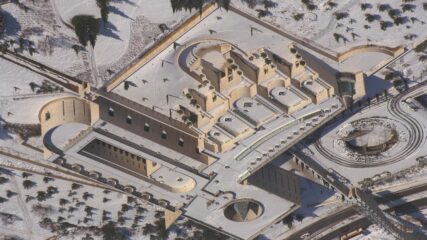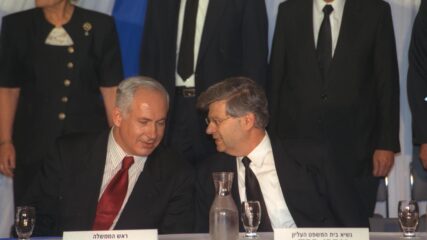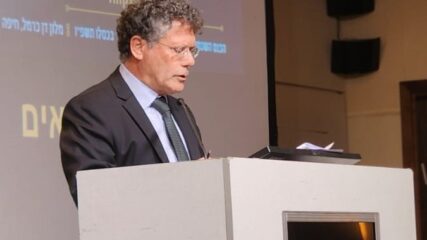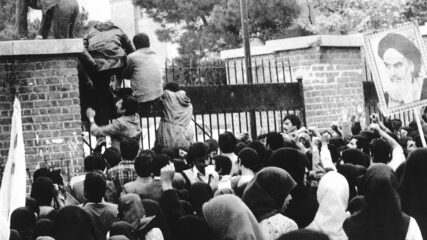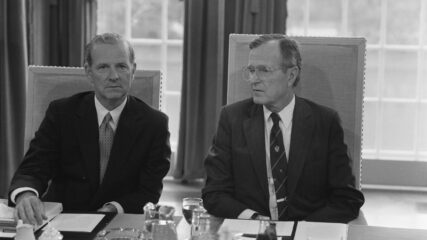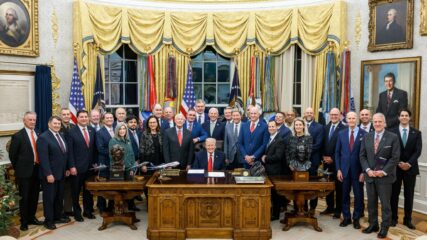In November 2012, the Bank of Israel announced that a new series of banknotes was in the final stages of design. The first new banknote since 1999, the NIS (New Israeli Shekel) 50 was put into circulation in September 2014, and the second, the NIS 200, was put into circulation December 23, 2015.
While certainly newsworthy, we also love this as a teaching tool that can be used in a variety of ways. First of all, using currency is a great introduction to teaching students about individuals and society. By asking questions of comparison about who is on American (or Canadian or Mexican) money, we can gain insight into the leaders and individuals who are seen as important in the development of a nation. Ask students to do some research about the individuals whose images appear on the current banknotes and document where they were born, when they made aliyah or if they were born in the Land of Israel, and the significant contributions they made to Israel’s development.
For older students, tell them they are in charge of deciding whose images will appear on new currency. Ask them to choose individuals for each piece of currency and provide a case for why they chose them. Compare their choices to the actual selections made by the Bank of Israel.
An interesting discussion could also be had on who is missing from Israeli banknotes. For example, Aryeh Deri, the leader of the Shas party, was critical in 2015 of the fact that no Sephardim were chosen to appear on the new banknotes.
Currency is more than just money. As an artifact, it is a primary source that can reveal a great deal about a country’s values and ideals.

